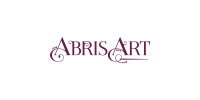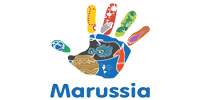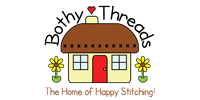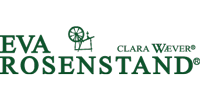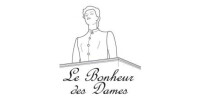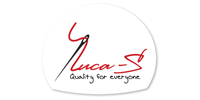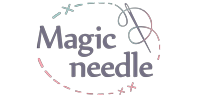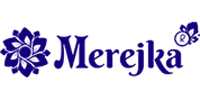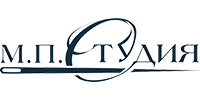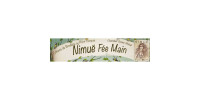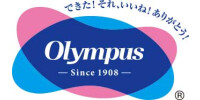Cross-Stitch Embroidery: History, Traditions, and Modernity
The Origins of Cross-Stitch Embroidery
Ancient Traditions
Cross-stitch embroidery is one of the oldest forms of hand embroidery, dating back several millennia. Its roots can be traced to ancient civilizations such as Egypt, China, and Rome, where it was used to decorate various objects and clothing. In China, cross-stitch embroidery was used as early as the 1st century BCE, while in Egypt, it was used to embellish the clothing of pharaohs. During the Middle Ages, cross-stitch embroidery became widespread in Europe, where it was used to decorate religious objects and the garments of clergymen.
The Emergence of Cross-Stitch Embroidery in Europe
In terms of the history of cross-stitch embroidery in Europe, it became popular during the period from the 11th to the 13th century. During this time, cross-stitch embroidery was primarily used to decorate religious and monarchical objects, clothing, and fabrics, such as mantles, curtains, and pillows.
The Technique of Cross-Stitch Embroidery
The Basics of the Technique
The technique of cross-stitch embroidery is based on the use of threads of different colors that pass through the fabric and form a cross-shaped stitch. This allows for the creation of beautiful and expressive patterns on fabric, which can be used to decorate various objects such as clothing, accessories, and interior items.
Types of Stitches
Depending on the effect you want to create, you can use different types of stitches, such as cross-stitch, half-stitch, satin stitch, backstitch, chain stitch, and others.
Modern Times
Today, cross-stitch embroidery remains a popular form of handicraft loved by both beginners and experienced masters. With the development of technology and the availability of materials, cross-stitch embroidery has become even more diverse and accessible. Additionally, modern technologies allow designers to create embroidery patterns on a computer, simplifying and speeding up the process while increasing accuracy.
Traditional Cross-Stitch Patterns
Scandinavian Patterns
Scandinavian patterns are among the most popular traditional cross-stitch patterns. These patterns are based on motifs from Scandinavian culture and symbolism. They usually have a simple geometric shape and can be executed in different color combinations. One of the most well-known Scandinavian patterns is "Dala Ross," which depicts traditional Scandinavian roses on a white fabric background.
Slavic Patterns
Slavic patterns have many varieties and heavily depend on national culture and traditions. They are characterized by complexity and detail, as well as the use of bright and saturated colors. One of the most popular Slavic patterns is "Gzhel," which depicts blue patterns on white fabric and is often used for decorating dishes.
Oriental Patterns
Oriental patterns are among the most exquisite and elegant cross-stitch patterns. They are often based on motifs from nature and have many details and beautiful color transitions. One of the most popular oriental patterns is "Monokoto," which depicts bamboo leaves on a white fabric background.
Application of cross stitch Embroidery
Decorative Purposes
cross stitch embroidery is often used for decorative purposes to embellish clothing, pillows, tablecloths, towels, bags, and other interior items. Thanks to the variety of patterns and color combinations, cross stitch embroidery allows you to create unique and original decorations that will attract attention.
Therapeutic Purposes
Some people use cross stitch embroidery as a way to relax and relieve stress. This is because cross stitch embroidery requires concentration and meditativeness, which can help reduce anxiety levels and improve mood. In addition, the finished product can be a pleasant gift for family and friends.
Historical Significance
cross stitch embroidery has historical significance as a way of preserving cultural heritage and traditions. It allows you to preserve unique patterns and motifs that are passed down from generation to generation. In addition, cross stitch embroidery can be used in the restoration and reconstruction of antique clothing and interior items.
Conclusion
cross stitch embroidery is one of the most popular types of handicrafts, which has an ancient history and continues to attract many people around the world. It allows you to create unique patterns and decorations that can be used for decorative, therapeutic, and historical purposes. Thanks to the variety of patterns and accessibility of materials, cross stitch embroidery remains a popular and interesting activity for handicraft enthusiasts of all levels.
